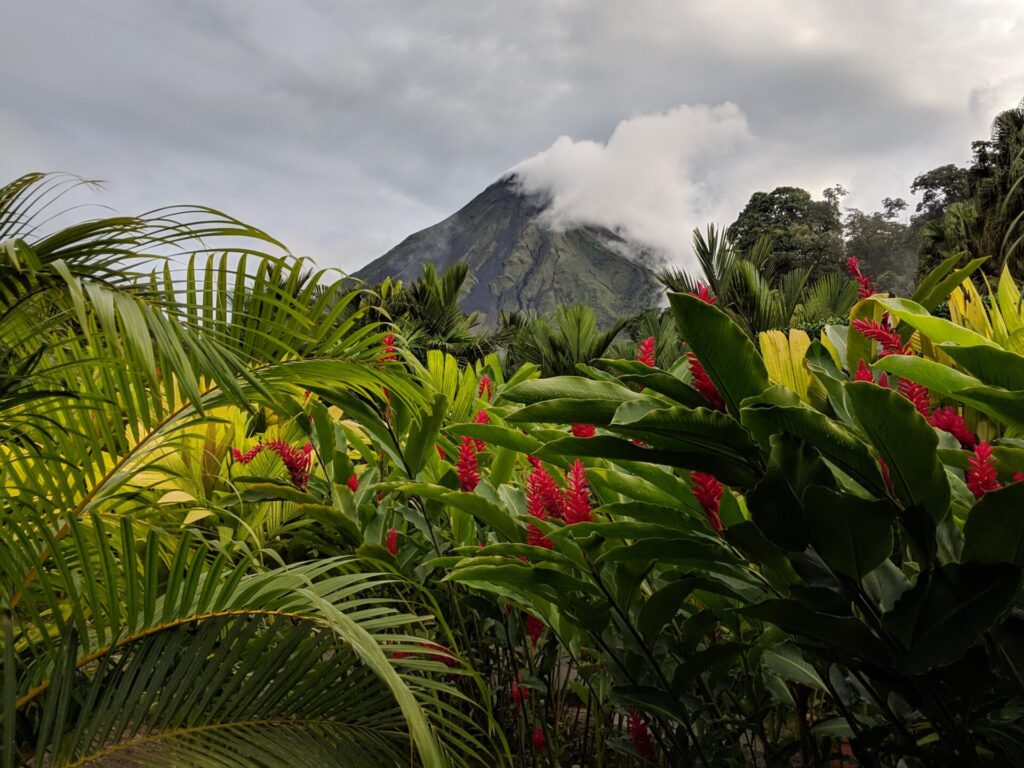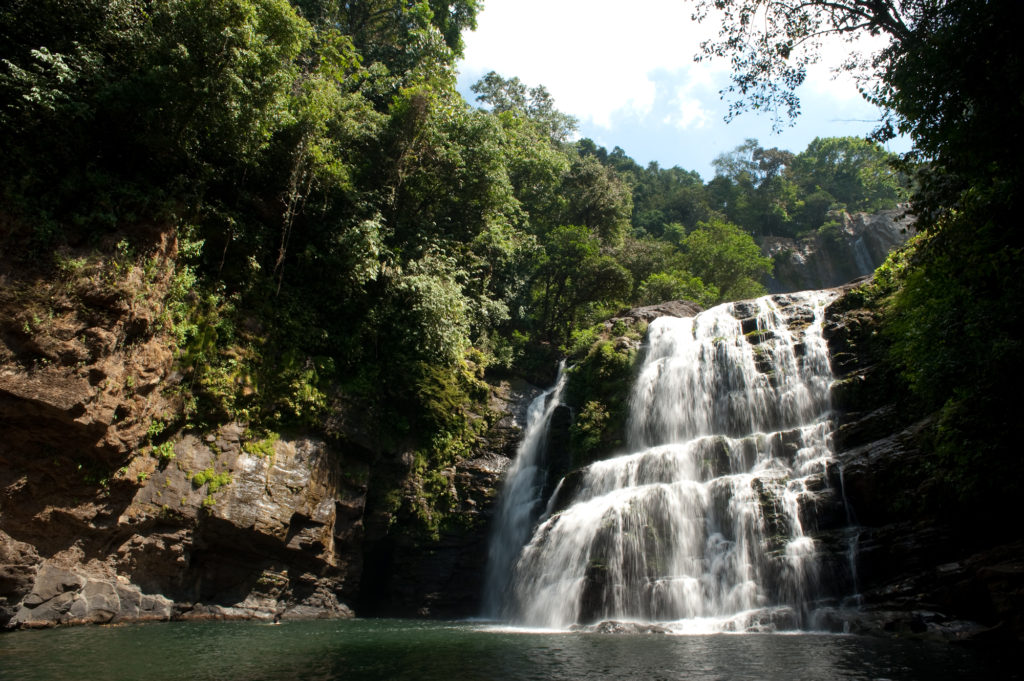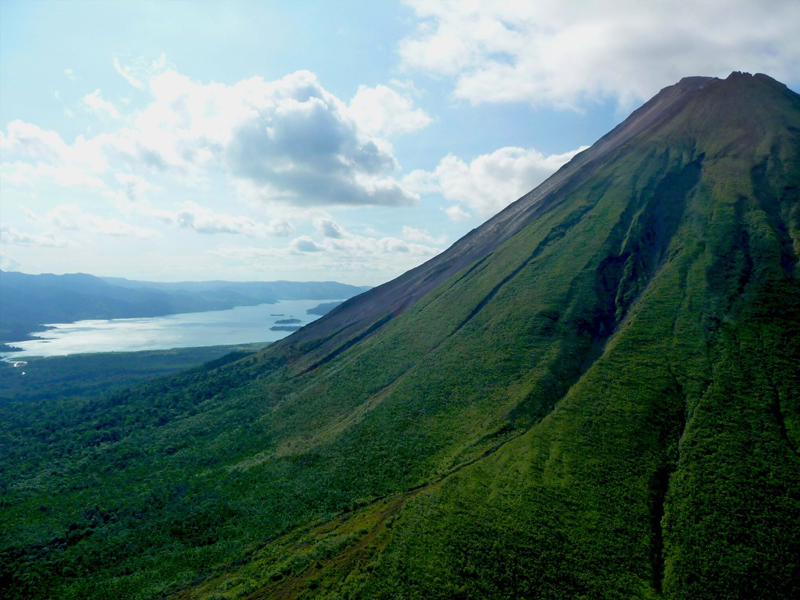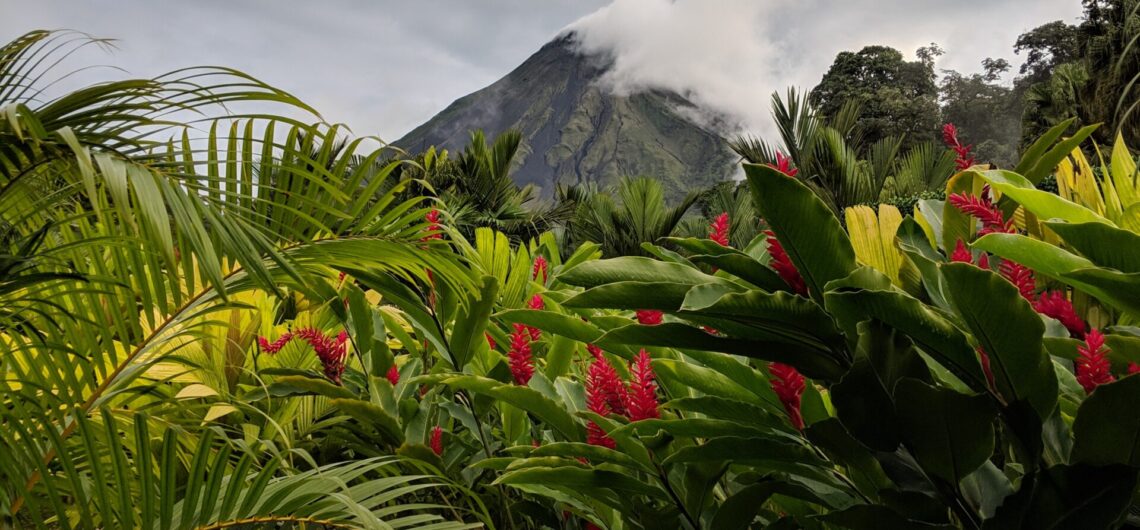 Costa Rica is a Central American nation known for its stunning beaches, lush jungles and diverse wildlife. But one of the most remarkable characteristics of this small country is its rich culture and history. With influences from both indigenous people and European settlers, Costa Rica offers an array of cultural activities to explore from traditional music and dance to art and architecture.
Costa Rica is a Central American nation known for its stunning beaches, lush jungles and diverse wildlife. But one of the most remarkable characteristics of this small country is its rich culture and history. With influences from both indigenous people and European settlers, Costa Rica offers an array of cultural activities to explore from traditional music and dance to art and architecture.
Costa Rica’s population comprises a diverse range of ethnicities, including Indigenous peoples such as the Bribri, Cabécar, and Guaymí; Afro-Costa Ricans (descendants of African slaves brought to the country centuries ago); Chinese and other Asian communities; and Europeans. As such, the country is characterized by a unique blend of cultures that have contributed to its vibrant heritage.
Home to numerous traditional festivals celebrating its culture and history throughout the year. The most famous event is La Feria de la Luz (Festival of Light), which takes place in January. During this festival, participants dress in traditional costumes, dance to live music and install lights that illuminate the streets of the capital city San José.
Other popular festivals include Semana Santa (Holy Week), Carnaval de Limón (Limon Carnival) and La Fiesta de los Diablitos (Festival of Little Devils). These events are celebrated with great enthusiasm throughout the country.
Costa Rica is also renowned for its traditional music and dance, which includes a variety of genres such as merengue, cumbia and calypso. The country has produced several well-known musicians over the years, including Luis Diego Quirós (better known as Luis Diego), considered by many to be one of Latin America’s greatest composers and lyricists.
The country is also known for its rich art and architecture, from colonial-era churches to modern sculptures. Costa Rica is home to several renowned painters, sculptors and photographers whose work has been widely exhibited in galleries throughout the world.
Costa Rica’s culture and history are deeply intertwined, and its people are proud to share their unique heritage with visitors. Whether you’re exploring the country’s vibrant festivals, listening to traditional music or admiring its art and architecture, Costa Rica offers a truly unforgettable cultural experience.
Coffee is also an important part of Costa Rican culture. The production of coffee was introduced by Spanish settlers during the colonial period and it has since become an integral part of the country’s economy. The best-known coffee producing region is in the Central Valley, where visitors can take tours to learn more about the local industry and sample freshly brewed Costa Rican coffee.
Costa Rica is truly a unique destination for those looking to experience the beauty of Central America as well as its rich culture and history. From vibrant festivals to traditional cuisine, there’s something here for everyone — come explore this beautiful country!


